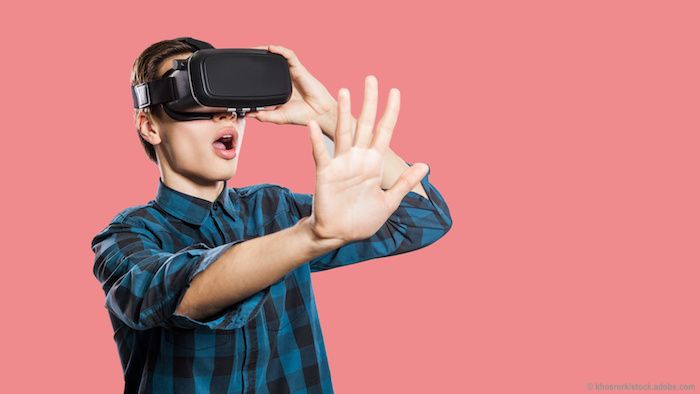Article
Virtual reality proposed for glaucoma perimetry
Author(s):

A system using virtual reality goggles could take the place of standard automated perimetry for measuring visual field defects in glaucoma, according to a technology entrepreneur.
The test would be more comfortable than conventional tests and could be done at home, said James Blaha, chief executive officer of the San Francisco start-up Vivid Vision.
"Patients get a lot of stress and anxiety from feeling like they're not good test takers and feeling like they're not getting good results," said Blaha at the New Horizons Forum of Glaucoma 360, the annual meeting of the Glaucoma Research Foundation.
"We're using things that we've learned from the game industry to motivate patients to regularly take the test and make the test more fun and interactive," he said.
Blaha was one of three presenters at New Horizons seeking investment for glaucoma treatments or diagnostics in the early stages of development. Also pitched on a "Show Me the Money" panel were a contact lens that can deliver drugs to the eye and a drug treatment for rhegmatogenous retinal detachment.
Blaha's interest in virtual reality for use in ophthalmology stemmed from his own childhood struggles with amblyopia and strabismus, he said.
"It's a lot easier to convince kids to play a video game than to wear an eye patch," he said.
The treatments he underwent as a child were not successful, but when he grew up and studied the disease, he treated himself using virtual reality and gained depth perception for the first time, he said.
That treatment for amblyopia, strabismus, convergence insufficiency and stereo-depth defects is being used at 250 clinics worldwide, he said.
The sale of these virtual reality systems is already producing a steady revenue stream for the company, he said.
But he thinks the demand for the company's perimetry technology, being developed in conjunction with the University of California, San Francisco and the State University of New York, is greater.
"As the hardware gets cheaper and we keep adding more value it just becomes more useful and available to people around the world," he said.
The cost of the equipment for home use is about $2,000 to $3,000, said Blaha, and patients are often able to get reimbursed about $1,000 through their insurance.
Current perimetry tests restrain head movements and require patients to keep their eyes motionless and to report their own fixation, making the tests difficult and the results subjective, said Blaha.
By contrast, the virtual reality goggles allow the patients to move their heads naturally in response to visual stimuli.
"We only need to know where they're fixating for the small duration of the stimulus," he said.
Using psychophysics and machine learning, the system analyzes information about the patients' visual field defects.
"We're looking at a 10 to 20 times increase in the amount of data we're collecting," Blaha said.
While the system might ultimately replace standard automated perimetry, Blaha envisions that it will initially be used as a supplement used for patients who are not good candidates for the conventional system.
At the conclusion of the New Horizons Forum program, Vivid Vision was revealed as the winner for having the best pitch from the "Show Me the Money" session earlier that day.
Newsletter
Don’t miss out—get Ophthalmology Times updates on the latest clinical advancements and expert interviews, straight to your inbox.




